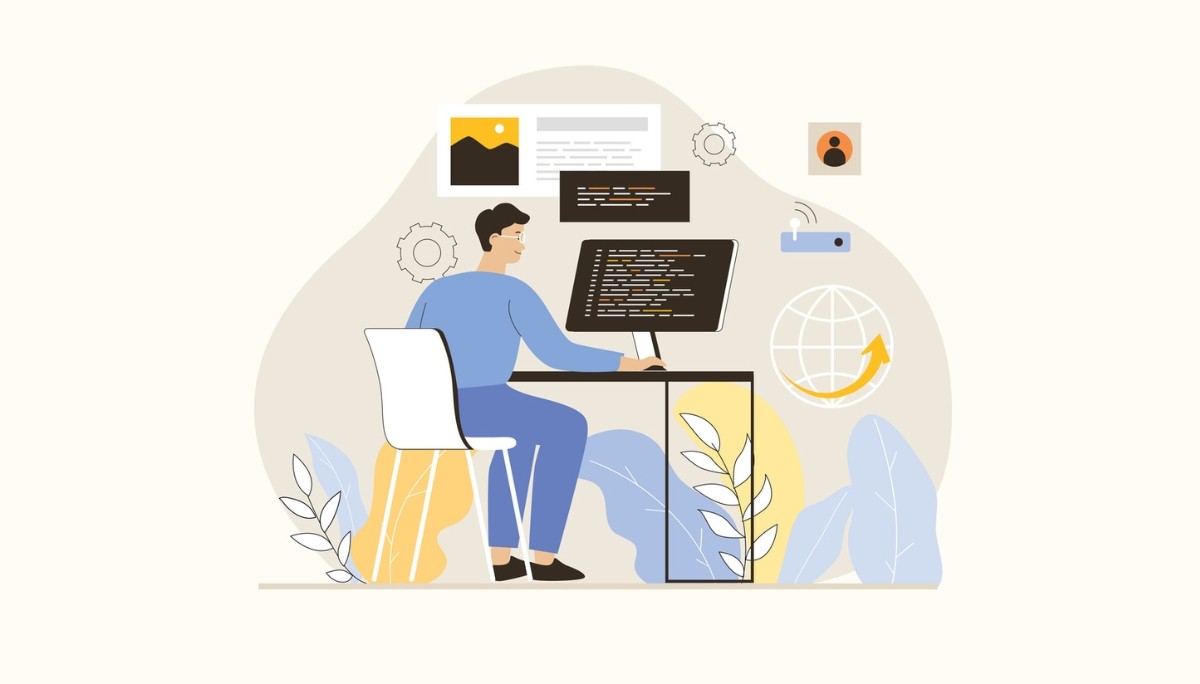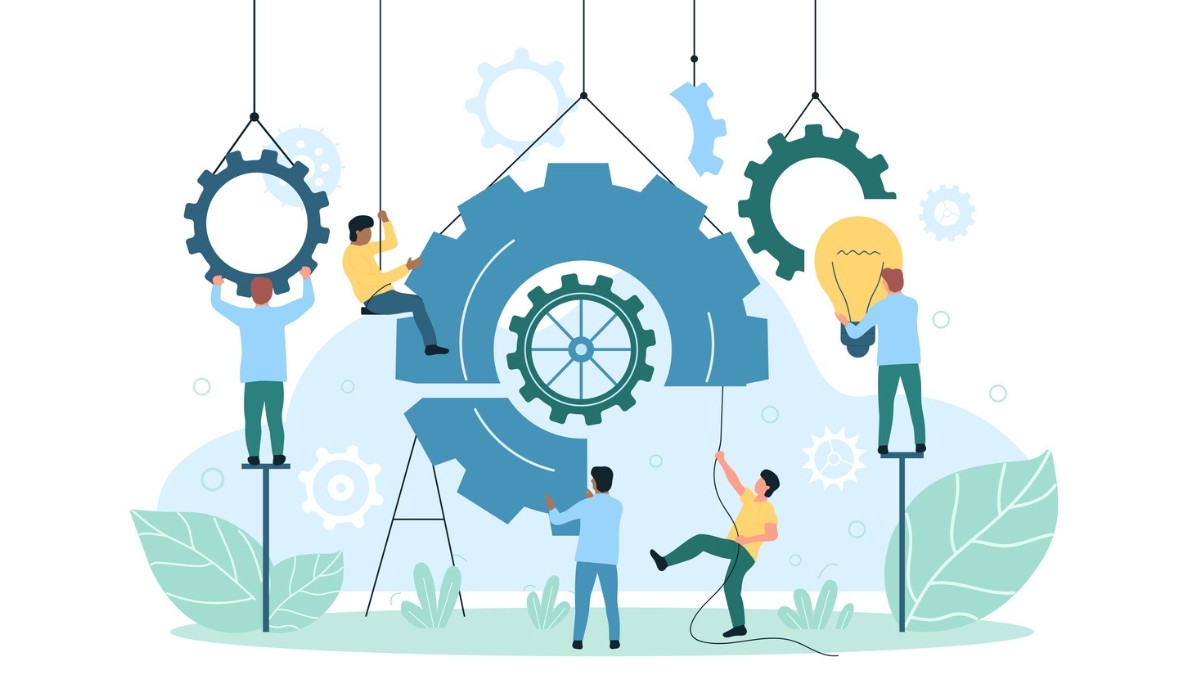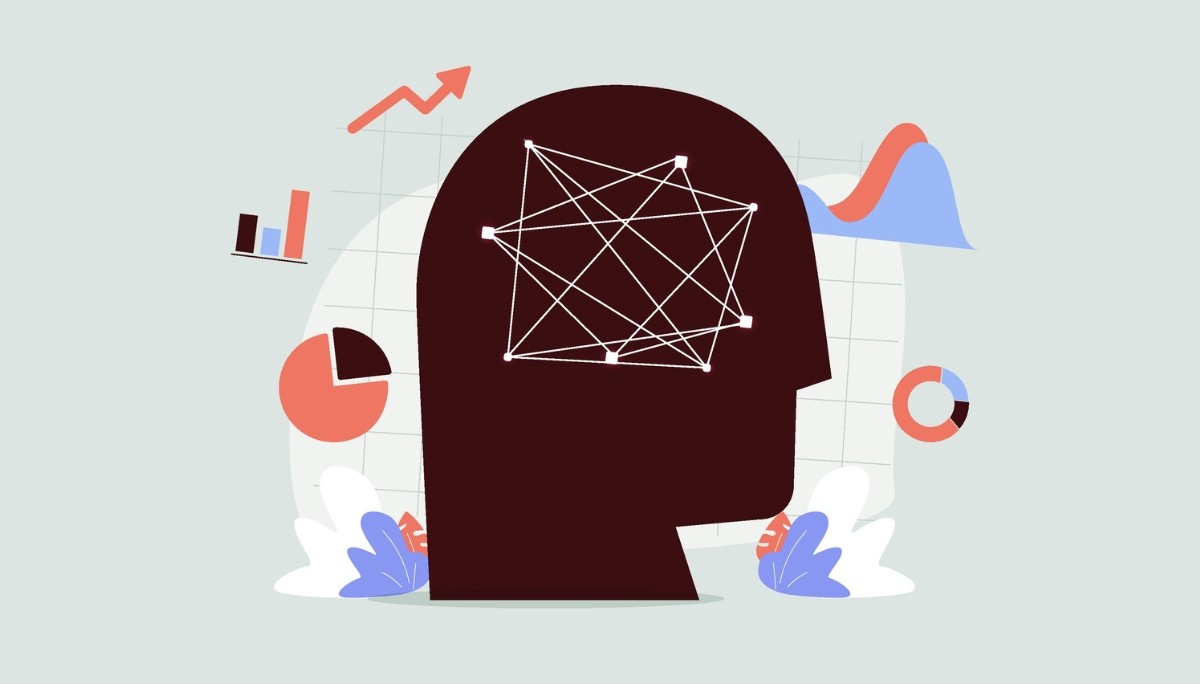Job Interview Follow-Ups: Timing, Templates, and Tips That Work
By
Samantha Cox
•
May 2, 2025
Following up after a job interview can make a big difference, and sometimes it's the step that sets you apart from other candidates. A well-timed post-interview email follow-up shows professionalism, continued interest in the role, and keeps you top of mind with hiring managers. In this guide, we'll cover when to send your follow-up, what to include in your message, and give you a few templates to make writing your email quick and stress-free.
Key Takeaways
Send your follow-up email within 24 hours of the interview to show enthusiasm and respect for the interviewer's time.
Confirm your subject line is concise and clear, including the job title, to help the interviewer recall your details quickly.
Structure your follow-up email with a professional greeting, expressions of gratitude, and a polite inquiry about next steps to leave a positive impression.
Timing Your Follow-Up Email

Timing is everything when it comes to follow-up emails. Sending a follow-up job interview email within 24 hours after your interview is crucial for maintaining a positive impression on the interviewer. This promptness shows your enthusiasm for the position and respect for the interviewer’s time.
If a week passes without hearing back, a gentle reminder follow-up email is appropriate. This nudge serves as a courteous check-in, keeping you on the interviewer’s radar without coming across as overly eager. Then, if you still haven’t received a response after two weeks, it’s time to send a final follow-up email. This email is like a last attempt to get an update on your application status. If you do not expect to hear back within a certain timeframe, it is appropriate to contact the employer for an update on your application.
Being kind to the employer’s timeline is essential. While persistence is key, overdoing it with excessive follow-up emails can backfire, making you appear desperate. Balance is important to respect the employer’s process while showing your continued interest and enthusiasm in the interview. Making contact at the right time demonstrates professionalism and respect for the employer.
Crafting an Effective Subject Line
A strong concise subject line is your ticket to getting your follow-up email noticed. Make it concise and to the point, so it stands out in a crowded inbox. Including the job title in the subject line can help the interviewer quickly remember who you are among numerous candidates.
Effective subject lines include phrases like ‘Thank you + follow-up,' ‘Thank you for the [Job Title] interview,' or simply ‘[Job Title] interview update.' These concise subject lines not only clarify the email's purpose but also make sure your message doesn't get lost in the shuffle.
Remember, the goal is to make it easy for the interviewer to recognize and prioritize your email.
Structuring Your Follow-Up Email

A well-structured email after an interview, whether it was a phone interview or in person, is your chance to reinforce a strong interview performance and leave a lasting impression. Key elements include a professional greeting, a clear purpose, gratitude for the opportunity, a polite inquiry about next steps, and a thoughtful closing.
Be sure to provide a clear answer to any questions raised during the interview, and reference your previous conversation to reinforce your connection and attentiveness. Address the interviewer's role and contributions directly in your message to show appreciation for their effort. You can also use the follow-up email to clarify or expand on any answers you gave during the interview. Sending a follow-up email also shows strong communication skills and continued interest in the role.
In the sections below, we’ll break down each part to help you craft a compelling follow-up email.
Opening Greeting
The opening greeting of your follow-up email sets the tone for the complete message. Address the interviewer or interview panel leader by name, using a formal title if necessary. If you're unsure about the formality, it's always better to err on the side of professionalism.
A good opening greeting for a sweet follow-up email could be “Hello [Name],” or “Dear [Name],” depending on the formality of your interaction during the interview. This personalized touch not only shows respect but also helps in establishing a professional rapport from the outset.
Expressing Gratitude
Expressing gratitude in your follow-up email after an interview is a crucial step that reinforces goodwill and showcases your professionalism. Thank the interviewer for their time and for the opportunity to discuss the position. Mention specific discussion points from the interview to demonstrate that you were engaged and attentive.
Customizing your thank-you note to reflect your appreciation for the interviewer's flexibility or specific contributions can go a long way. This thoughtful follow-up shows that you value their efforts and are genuinely interested in the role.
Reiterating Interest and Asking for Updates
Reiterating your interest in the role and asking for updates is a critical part of your interview follow-up email. Express your enthusiasm for the position and mention how much you enjoyed the interview discussion. This helps to remind the interviewer of your excitement and suitability for the role.
Could you please provide an update on the recruitment process? I would also like to understand the potential next steps in the process. Asking for the expected timeline or if any additional information is needed can also be beneficial. This shows that you are proactive and eager to move the process forward.
Reiterating your interest in the role and asking for updates is an important part of a follow-up email. Express your enthusiasm for the position and highlight how much you enjoyed the interview conversation to reinforce your fit for the role. You can then politely ask for an update on the recruitment process and inquire about the next steps or expected timeline. This approach shows that you remain engaged, proactive, and eager to continue in the process.
Follow-Up Email Templates

Having a follow-up email template can be incredibly helpful, especially when you're unsure how to structure your message. Below, we provide a few examples of customizable templates for various common scenarios, including thank-you emails, no response follow-ups, and competing offers follow-ups.
Tailor these templates to fit your specific situation and guarantee your subject line clearly indicates the purpose of the follow-up.
Thank-You Email Template
A thank-you email is a fundamental follow-up that every candidate should send to show that you are interested in the next steps of the hiring process. Here's a template to get you started:
Thank you for the opportunity to interview for the [Job Title] position. I appreciate your time and consideration.
Email Body:
Dear [Recipient's Name],
Thank you for taking the time to interview me for the [Job Title] position at [Company Name]. I enjoyed our discussion about [specific topic] and learning more about the team and the exciting projects you're working on during our Zoom interview and our most recent interview.
I remain very interested in this role and believe my skills in [specific skill] would be a great fit for your team. Please let me know if there's any additional information I can provide as you move forward with the decision-making process.
Best regards, [Your Name]
Sending this promptly after the interview will leave a positive impression on the interviewer and possibly land you a second interview.
No Response Follow-Up Template
If you haven’t heard back after your initial follow-up, here’s a template for a no-response follow-up email:
Email Body:
Hello [Hiring Manager’s Name],
I hope you are doing well and wishing you all the best. I am writing to follow up on the [Job Title] interview we had on [Interview Date]. I am still very interested in the opportunity and would like to inquire about the status update of my application.
Thank you again for considering my application. I look forward to hearing from you at your earliest convenience.
Yours sincerely, [Your Name]
Not hearing back right away does not necessarily mean you have been forgotten; employers may still be making their decision.
This approach is respectful and keeps the lines of communication open.
Competing Offers Follow-Up Template
If you have received a job offer from another company but are still interested in the position you interviewed for, use the following email template to encourage them to make a hiring decision:
Subject Line: Follow-up on [Job Title] at [Company Name]
Email Body:
Dear [Hiring Manager’s Name],
I hope you are well. I wanted to inform you that I have received an offer for a [Position] at [Another Company Name]. However, I am still very interested in the [Job Title] position at [Company Name] and would love to join your team with the job offers I have received.
I understand you may be considering another candidate for the role, and I appreciate you keeping me in mind for any future opportunities as well.
Could you please let me know if you anticipate making a final decision before my response deadline with the other company? I look forward to your reply. Regardless of the outcome, I wish your team great success with your new hire.
Best regards, [Your Name]
This email conveys your interest and urgency without appearing pushy.
Common Mistakes in Follow-Up Emails and How to Avoid Them

Evading common mistakes in follow-up emails can significantly enhance your chances of success. One major pitfall is sending the follow-up email too late. Always aim to send it within 24 hours of the interview. Another mistake is sending too many follow-up emails, which can make you appear desperate.
Don't forget to send a follow-up email after your interview. It's a common mistake that can happen, and missing this step may result in lost opportunities to clarify important points or reinforce qualifications you might have forgotten to mention during the conversation.
Personalization is key; generic follow-up emails can harm your candidacy. If multiple interviewers were involved, send individualized thank-you notes to each. Proofreading is essential to avoid spelling errors and grammatical mistakes that can undermine your professionalism and proper business etiquette.
Lastly, ensure your follow-up email is concise and to the point. Lengthy emails that reiterate all details from your resume are often counterproductive. A well-crafted, concise follow-up email can leave a lasting positive impression on hiring managers.
Tips for Standing Out When Applying to Companies Using Fonzi
To stand out when applying to companies using Fonzi, diversify your job search and explore multiple opportunities. While tailoring each resume and cover letter can be time-consuming, it's worth the effort to customize your applications to highlight your relevant skills and experiences.
Additionally, keep your LinkedIn profile updated and actively network to make new connections. Completing online courses or certifications can enhance your qualifications and help you develop a new skill while waiting for responses on your career path and exploring future opportunities.
Remember, staying busy with hobbies or activities you enjoy can provide a healthy distraction and help manage stress during the job search process.
Ensuring Fairness and Transparency with Fonzi
Fonzi plays a crucial role in guaranteeing fairness and transparency in the hiring process. Companies are increasingly conducting bias audits and adopting ethical AI practices to build trust with candidates. These practices confirm that AI is used to enhance human decision-making rather than replace it.
Candidates can be reassured that artificial intelligence helps simplify the recruitment process while maintaining ethical standards. This transparency fosters a more equitable hiring environment, benefiting both employers and job seekers during the interview process.
Staying Productive While Waiting for a Response
While waiting for a response, staying productive can help manage anxiety and keep your job search on track. Continue applying to other job opportunities to keep your options open. Participating in mindfulness meditation or other anxiety management exercises can reduce stress and improve your overall well-being during this period.
Look for good signs or positive signs from the employer, such as continued communication, requests for additional information, or updates about next steps. These are all good signs that you are still being considered. Engaging in activities you enjoy or taking up new hobbies can also be a constructive way to pass the time. If you haven’t heard back after a month, it’s wise to move on and focus on other opportunities while moving forward and remaining optimistic about future roles.
What to Expect in a Final Interview

The final interview is a pivotal moment in the interview process, often serving as the last step before a hiring manager decides whether to extend a job offer. At this stage, you can expect the interviewer to dive deeper into your experience, skill set, and how well you align with the company culture. It’s common to meet with higher-level executives, potential team members, or even the person you’d be reporting to if you get the job.
During the final interview, employers are not just evaluating your qualifications; they’re also assessing how you’ll fit in with the team and contribute to the company’s goals. You may be asked scenario-based questions or to elaborate on how your interviewing skills and past experiences relate to the job title and responsibilities. This is your opportunity to demonstrate your understanding of the company, show enthusiasm for the position, and clarify any remaining questions about the role or the hiring process.
To prepare, research the company thoroughly, review the job description, and practice answering questions that highlight your strengths and compatibility with the team. Being well-prepared will help you make a strong impression and increase your chances of moving forward to receive a job offer.
How to Stay Organized and Focused
After a final interview, the waiting period can feel uncertain, but it’s important to stay organized and focused on your job search. Continue applying for other jobs and taking interviews to keep your momentum going and expand your opportunities. Sending a polite follow-up email about a week after your final interview is a professional way to remind the hiring manager of your continued interest and to inquire about any updates in the hiring process.
Use this time to invest in your professional development, whether that means learning new skills, such as generative AI, or expanding your industry network. Staying proactive not only helps you manage the stress of waiting to hear back but also prepares you for the next steps in your career journey. By focusing on your skill set and keeping your job search active, you’ll be ready to seize new opportunities and increase your chances of landing a new job.
Moving Forward in Your Job Search
Persistence and a strategic approach are key to moving forward in your job search, especially after a final interview. If you haven’t heard back after about two weeks, it’s appropriate to send a follow-up email to check on the status of your application. This demonstrates your continued interest in the position and keeps you on the hiring manager’s radar.
While waiting for a response, don’t pause your job search; keep applying for other jobs and interviewing with different companies. Always send a thank-you note or email after each interview to express your appreciation and reinforce your interest in the company and position. Use this time to refine your interviewing skills, update your resume, and learn new skills that will make you a stronger candidate for future roles.
By staying proactive, focused, and positive, you’ll not only improve your chances of hearing back but also position yourself for long-term success in the job search process. Remember, every interview is a learning experience that brings you one step closer to finding a job that aligns with your goals and interests.
The Importance of Follow Up Emails in the Hiring Process
Follow-up emails are a vital part of the hiring process, serving to maintain communication and keep your candidacy alive. They reinforce your interest in the position and demonstrate your initiative in inquiring about the application process status. An effective email after an interview can significantly enhance your chances of moving forward. Additionally, sending interview follow-up emails can further solidify your enthusiasm for the role.
Sending an email after an interview showcases your professionalism and respect for the interview process, ensuring you stay on the hiring manager's radar. Ultimately, follow-up emails strengthen your candidacy by highlighting your commitment and attention to detail.
Summary
In the end, sending a follow-up email after an interview isn’t just a formality; it’s your chance to remind the hiring team why you’re excited about the role and why you’d be a great fit. A well-timed, genuine message can nudge your application forward and keep you on the hiring manager’s radar when it matters most.
By using the templates and avoiding the common mistakes we covered, you’ll make your follow-up feel effortless, polished, and personal. And while you wait for a response, staying productive and positive can help you manage the uncertainty and keep your job search moving in the right direction.
Think of your follow-up as the final handshake after the interview, a small gesture that can make a big difference in landing the role you’re aiming for.




